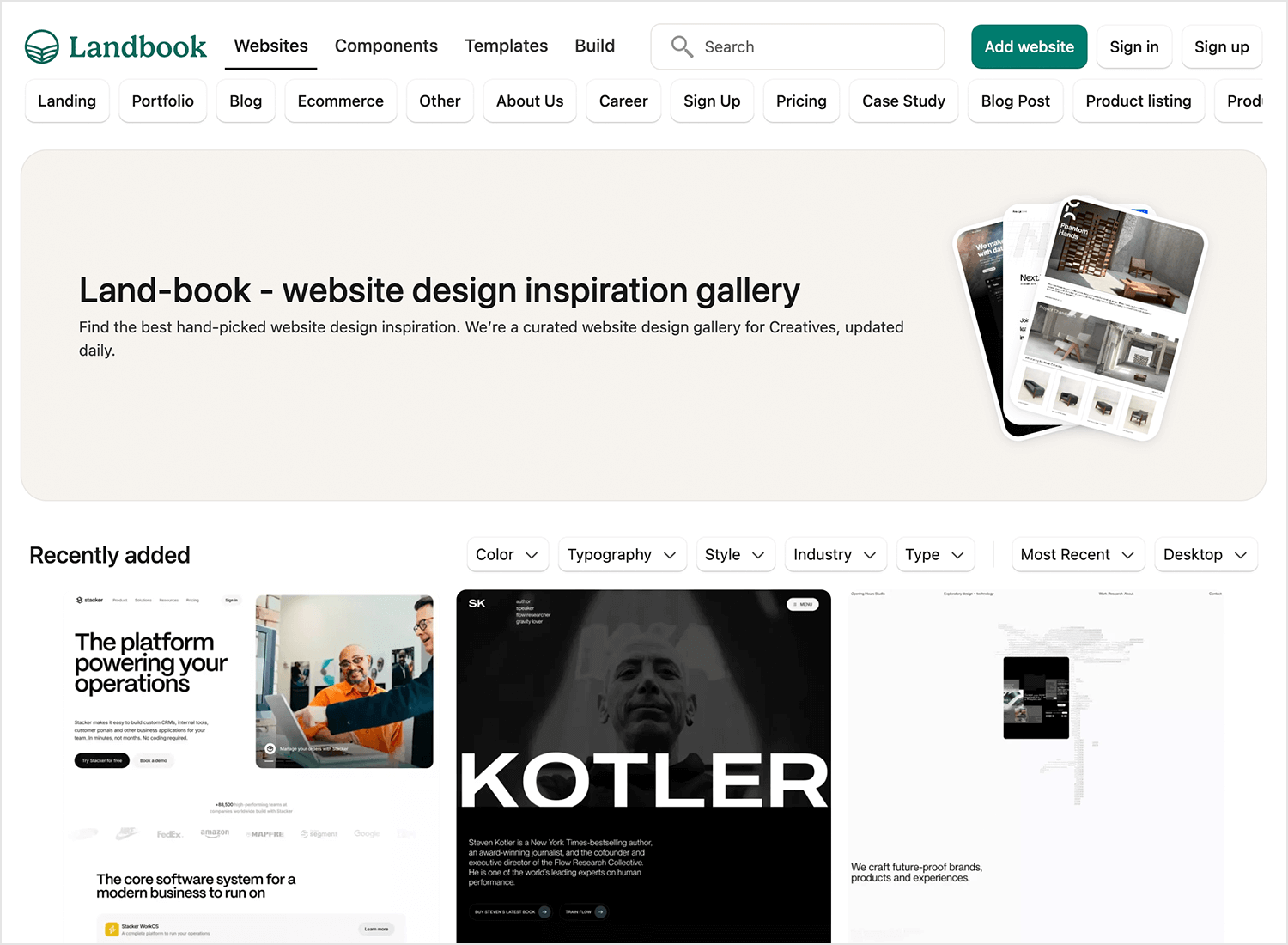Crucial Tips for Optimizing Your Site with Web Design Johannesburg Ideal Practices
Crucial Tips for Optimizing Your Site with Web Design Johannesburg Ideal Practices
Blog Article
Deciphering the Complexities of Responsive Web Design and Its Influence On Accessibility and Functionality Throughout Numerous Instruments
Receptive website design (RWD) has emerged as a basic strategy in developing electronic experiences that are both easily accessible and practical across varied tools. By integrating techniques such as fluid grids and CSS media questions, RWD not just enhances customer interaction yet also addresses important accessibility issues for individuals with handicaps. As the landscape of electronic communication remains to advance, comprehending the implications of RWD comes to be necessary. The intricacies included in achieving this equilibrium raising important questions regarding ideal methods and possible mistakes that necessitate further expedition.
Understanding Responsive Website Design
Receptive website design symbolizes the concept of flexibility, ensuring that sites supply an optimum watching experience across a variety of devices and screen sizes. This technique uses versatile grids, designs, and pictures, making it possible for the web content to dynamically readjust based upon the customer's device. The rise of mobile internet usage has made responsive design not just a trend, but a necessity for modern web development.
At its core, responsive web design emphasizes fluidness and scalability. By making use of CSS media questions, programmers can customize styles to differing display dimensions, guaranteeing that message continues to be readable and photos are presented suitably. This method fits the diverse variety of gadgets, from mobile phones to huge desktop screens, promoting smooth navigation and interaction.
Moreover, receptive website design improves user involvement by lowering the requirement for extreme zooming or horizontal scrolling, which can interfere with the individual experience. By prioritizing accessibility, companies can reach a broader target market, making sure that all users, no matter gadget, can access content effectively. Inevitably, comprehending receptive internet style is vital for producing sites that are not just aesthetically appealing yet likewise functional and easy to use throughout diverse systems.

Key Principles of RWD
Highlighting versatility and user-centric style, the essential principles of receptive website design (RWD) revolve around producing a seamless experience despite the device being utilized. One essential principle is fluid grids, which use family member devices like percents as opposed to dealt with dimensions. This strategy makes certain that format components adjust proportionally to differing display dimensions, keeping aesthetic comprehensibility.
One more crucial principle is flexible photos and media, which resize within their having aspects. web design Johannesburg. By utilizing CSS techniques such as max-width, developers can stop pictures from exceeding their moms and dad containers, making certain that visuals stay sharp and appropriately scaled throughout tools
Furthermore, media queries play a crucial duty in RWD, enabling developers to use particular CSS styles based upon the qualities of the gadget, such as width, elevation, and orientation. This capability makes it possible for tailored experiences that enhance functionality and engagement.
Moreover, a mobile-first approach is significantly favored, where layouts prioritize smaller displays and progressively boost for larger gadgets. This concept not only enhances efficiency however additionally deals with the expanding prevalence of mobile browsing. Jointly, these concepts form the foundation of receptive web style, cultivating a user-friendly and adaptable electronic atmosphere.

Influence on Accessibility
The assimilation of receptive internet style plays an important role in enhancing accessibility for all customers. By embracing a versatile layout that adjusts to differing screen sizes and alignments, receptive design ensures that web content continues to be quickly navigable and understandable no matter click this site the device used. This flexibility is particularly significant for people with impairments, that may rely on assistive modern technologies that work more successfully when material is structured responsively.
Furthermore, receptive web style reduces the chance of problems such as straight scrolling, which can impede customers with motor disabilities or visual impairments. By giving a consistent customer experience across gadgets, designers can prioritize access functions such as key-board navigation and display viewers compatibility, permitting an extra inclusive electronic setting.
Additionally, search engines significantly prefer responsive styles, which can boost visibility for individuals looking for accessible material. As an outcome, businesses and organizations are encouraged to embrace these methods not just to abide by ease of access requirements yet also to reach a wider target market. Inevitably, receptive website design contributes in promoting equitable accessibility to info and solutions throughout varied user groups, thus promoting a comprehensive electronic landscape.
Capability Throughout Devices

Additionally, the efficiency of web visit this site applications can vary significantly throughout gadgets. Mobile tools commonly have actually restricted processing power and slower internet connections, which can impact packing times and total user experience. It is important for developers to enhance photos, manuscripts, and various other sources to ensure that performance remains consistent and effective, regardless of the gadget being utilized.
Furthermore, the design and framework of material need to adjust fluidly to various display sizes to preserve functionality. This versatility not only enhances user engagement but also lowers aggravation, ultimately leading to higher retention prices. In recap, focusing on performance across devices is essential for creating a inclusive and reliable web presence that provides to the varied requirements of customers.
Finest Practices for Application
Executing responsive website design efficiently requires a strategic strategy that focuses on user experience and accessibility. To attain this, start by adopting a mobile-first layout approach, which highlights developing an ideal experience for smaller displays before scaling approximately bigger devices. This strategy guarantees that important web content is prioritized which functions are seamlessly incorporated.
Next, use fluid grids and versatile layouts. Utilize relative devices, such as percentages, as opposed to repaired devices like pixels - web design Johannesburg. This versatility permits material to resize dynamically based upon the screen's measurements, enhancing use across different tools
Furthermore, include media queries to use particular CSS regulations based on the attributes of the tool, such as size, resolution, and height. This targeted technique enables for tailored experiences that satisfy the distinct capabilities of each tool.
Additionally, focus on access by ensuring that all interactive aspects are conveniently accessible via touch or keyboard. Carry out semantic HTML to boost screen reader compatibility and preserve high contrast proportions for readability.
Verdict
To conclude, responsive web style offers as a fundamental component in developing practical and easily accessible electronic experiences throughout varied tools. By incorporating liquid grids, adaptable photos, and CSS media questions, receptive layout not just boosts user engagement however likewise promotes equitable access to info for all individuals, including those with impairments. Abiding by best practices in implementation ensures that sites remain adaptable, eventually promoting a his comment is here much more inclusive digital setting that fulfills the differing requirements of individuals.
Responsive web layout (RWD) has actually emerged as a fundamental approach in creating electronic experiences that are both easily accessible and practical across varied gadgets.Responsive internet style symbolizes the principle of flexibility, making sure that web sites offer an optimal watching experience across a variety of tools and screen sizes.Stressing versatility and user-centric design, the crucial principles of receptive web design (RWD) rotate around creating a smooth experience regardless of the device being utilized.Functionality throughout gadgets is a key factor to consider in web layout, as users involve with material via a range of systems, including desktops, tablet computers, and smartphones.In final thought, receptive web style serves as a fundamental element in producing available and useful electronic experiences across diverse tools.
Report this page